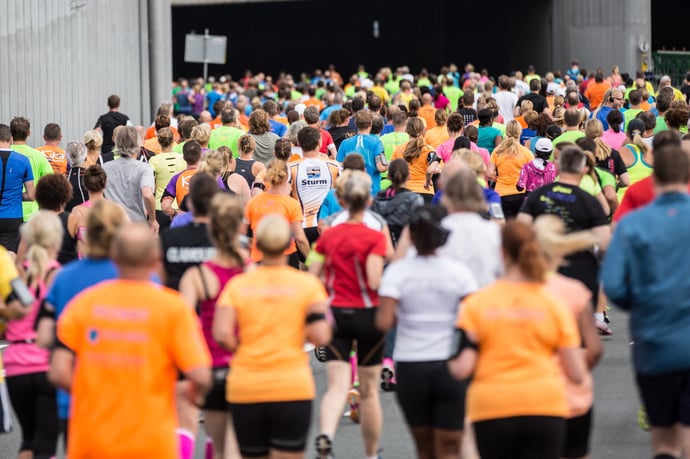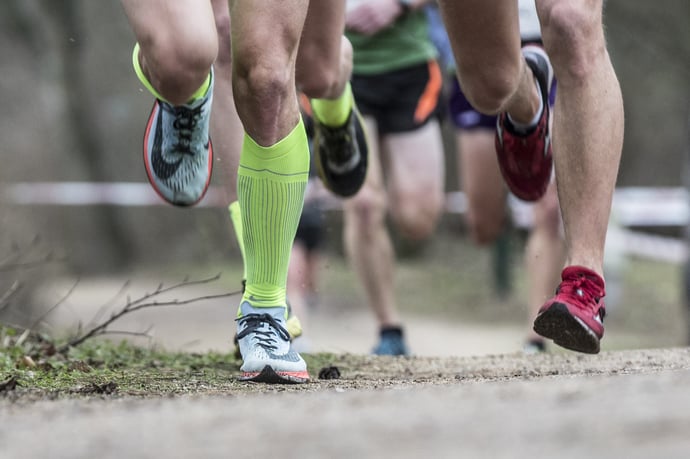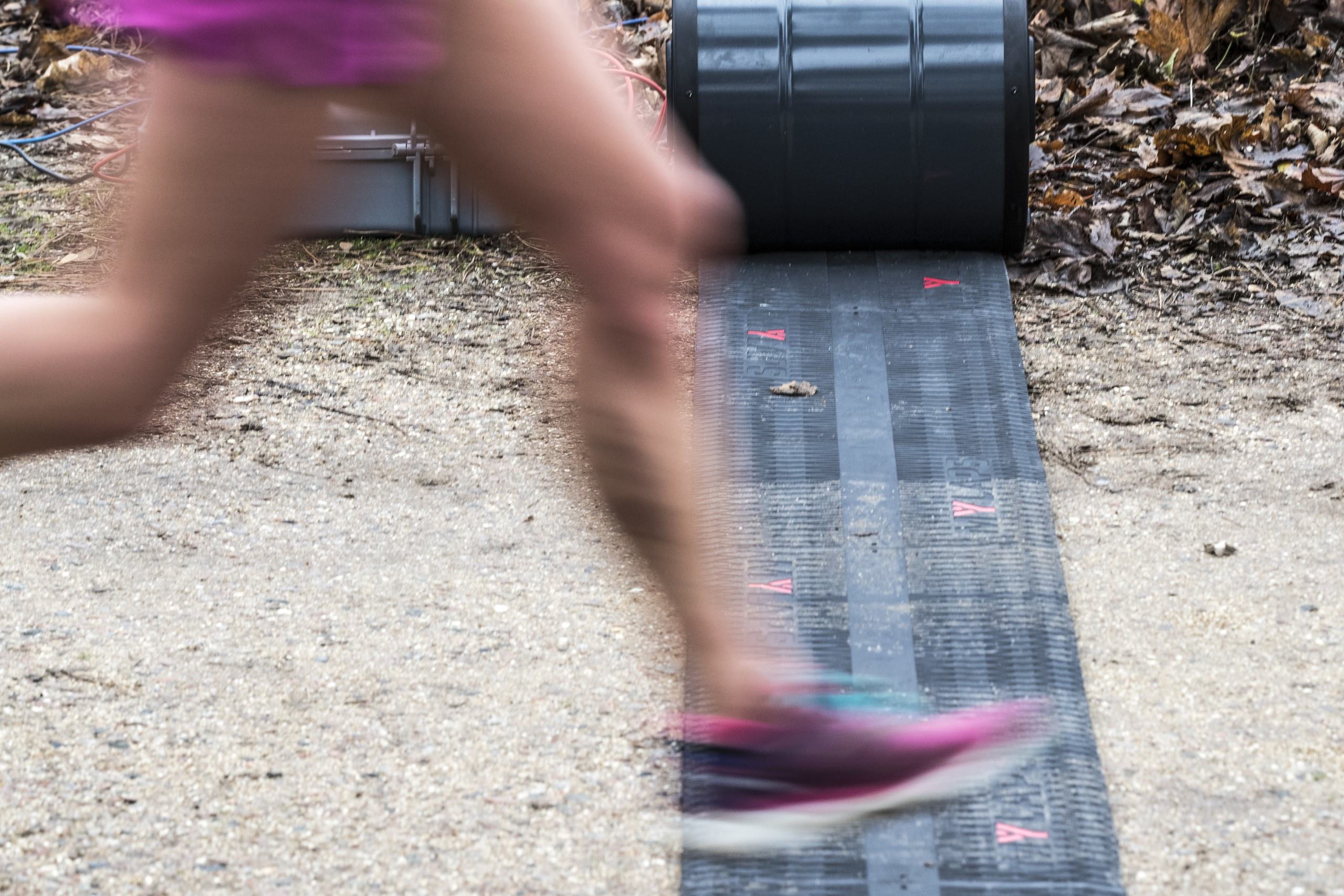What’s the difference between gun time and chip time in a running race?
As a runner, you may have noticed that there are two different times listed on your race results: gun time and chip time. This can be confusing, especially if you are new to running, however it is important to know the difference between the two if you want to measure your time accurately. In this blog, we will explain the difference between gun time and chip time in running races, and how they can help you to measure and compare results.

What is gun time?
Gun time, which is often referred to as clock time, is the official time that is recorded from the exact moment the gun sounds (the race begins) to when you cross the finish line. Gun time includes the time it takes for all runners to cross the starting line; therefore, you must consider where in the pack you started the race. It is often used to decide the overall winner of the race, and can be used for broadcast and media purposes.
What is chip time?
Chip time, which is also known as net time, is time recorded from the moment you cross the starting line until you reach the finish line. Chip timing makes it possible to measure the precise time for all participants in the race. In general, there are two types of chip timing systems: active and passive. Read more on the difference between active and passive timing here. The time is recorded combining a chip that is usually worn on an athlete’s bib or shoe and a detection mat, for example, at the start and finish line. Chip time is a more accurate measurement of an individual's performance because it considers the time it takes for each participant to cross the starting line. This is especially important for mass events, where there might be thousands of runners starting at different times in multiple starting waves.
What is the difference between gun time and chip time?
The difference between gun time and chip time can be significant, especially for large races. For example, if you start at the back of the pack, you might not reach the start line for several minutes which would result in a big difference between your gun time and your chip time. However, if you are positioned at the front of the pack, there will be little to no difference between your chip time and gun time.
What are advantages of chip timing?
The main benefit of using a chip timing system is that it is a more accurate ranking compared to manual timing, especially in mass events. Chip timing makes it also possible to get personal chip times, also for slower runners who start at the back. When connected to the internet, chip timing provides real-time data during the race, where spectators can view results as they happen. The MYLAPS chip timing system used in both local running events and iconic races such as the Boston and Rotterdam Marathon is the BibTag System.
Advantages of chip timing:
- Accuracy
- Larger participant numbers
- Real-time data
- Less manual hassle
- Post race analysis (especially when using multiple timelines)

When should I use a chip timing system?
Chip timing systems have revolutionized the way races are timed and have become a staple in many running events. They are typically used when accurate and precise timing is important. It is especially beneficial in large-scale events with a high number of participants, as manual timing methods become impractical, and errors can easily occur. Chip timing is also crucial in competitive races where fair rankings and accurate results are of utmost importance. Read more on how to time a running race.
If you want chip timing at your event, there are MYLAPS timing partners all over the world with a lot of experience in event timing. Check out our full list of timing partners.


